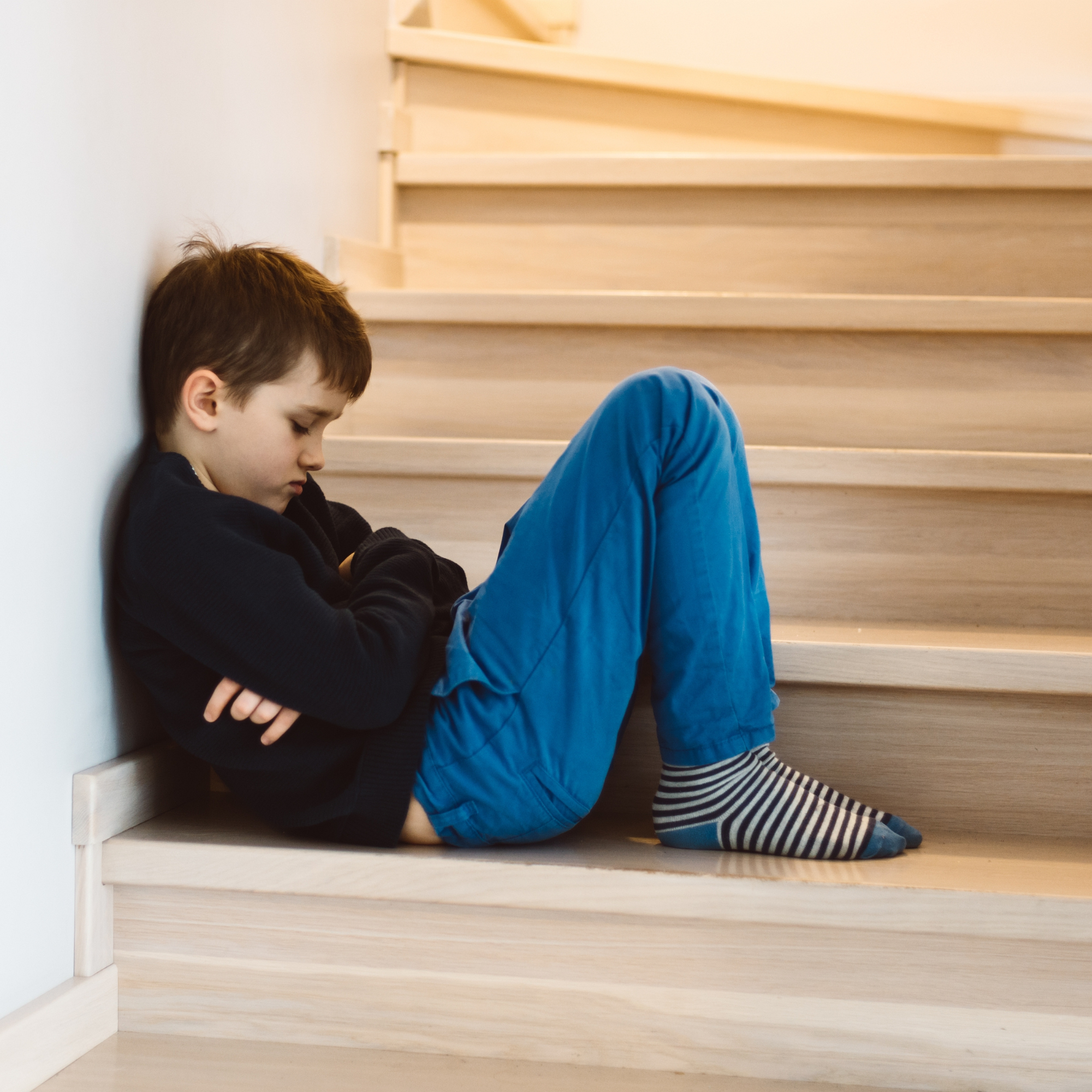Some parents use time-outs when their child does something they shouldn't or says something they shouldn't. Likewise, some parents don't use them. These parents often think time-outs are too severe a punishment. They don't think children should be left alone to handle their hard emotions. Instead, these parents may use "time ins." Time-in is when the parent shows love and understanding for the child as they calm down.
There is no right or wrong here, both, "time-outs" and "time ins" can be used and are useful for parents. According to Child Mind, the idea behind time-outs is that when kids stop getting attention for bad behavior, they will be less likely to do it again. By taking away attention, the child learns that throwing a tantrum isn't going to get them what they want. Experts say that time-outs are not harmful.
Why Parents Use Time-Outs
First, it's important to know that a time-out is not used for all misbehaviors. Some behaviors can be ignored or redirected easily. Things like whining or crying for example. Parents may be able to step in with something to do or turn on a favorite program to distract their child. Behaviors that cannot be ignored or redirected with distraction could be followed by a time-out, after the first initial warning.
The CDC says the four times parents should use the time-out method are:
- The child does something dangerous, like running in the street.
- The child does something harmful, like hurting another child.
- The child breaks a family rule.
- The child doesn't stop after the first initial warning.
Do Time-Outs Work
If a person were to read some articles in recent years regarding time-outs, they would learn this method was being questioned. Is it effective, useful, or ok to use time-outs to modify behavior?
According to the International Journal of Environmental Research and Public Health, there is ample scientific research to show that, when used correctly and in the context of a strong parent-child relationship, they can be safe and effective. There seems to be a lot of misinformation about timeouts causing others to view it differently.
How To Correctly Use A Time-Out
- Decide exactly what warrants giving a child a time-out. This has to be specific. Use it for just one negative behavior until you have it down, then slowly start incorporating it for other things. Many parents overuse it, making it less effective.
- Don't use it when the child is trying to avoid something. A timeout in such situations gives the child what he wants, which is to delay doing something.
- Decide beforehand where and when [how long] the time-out will be. Ideally, the location should be a boring place. Maybe they sit at the kitchen table or counter. This way the parent can supervise from another room, as parents should not interact with the child during time-out. Time-out works because it's boring.
- Have a plan for when time out doesn't work out. Parents need a plan in place for when their child won't go into time-out or come out early. Keep in mind, a time-out should never be more than about three minutes. An example might be, no electronics for a certain amount of time if they don't go to time out.
Experts Confirm, When Used Correctly Time-Outs Are Effective
According to Small Changes Big Difference, independent experts are calling for the return of an evidence-based approach to time-out, reassuring parents and professionals that the correct use of the technique is both effective and supported by the attachment theory.
Time-outs work. However, because of its effectiveness as an alternative to spanking and yelling, its popularity had many parents adopting it as a punishment tactic without fully understanding its proper use. Therefore, they were misusing it. Time-outs are not punishment, and they should not be used as such.
Sources: Child Mind, CDC, International Journal of Environmental Research and Public Health, Small Changes Big Difference

.png)

.png)
.png)
